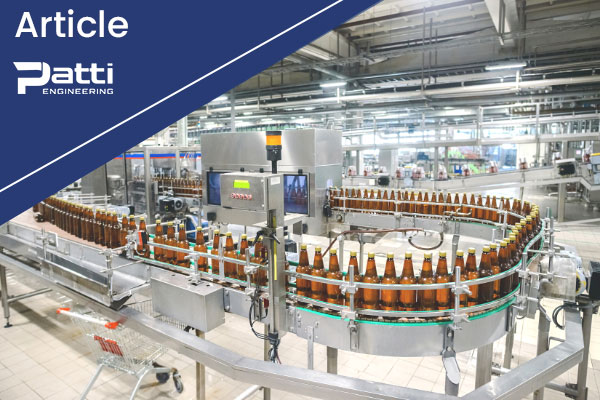
Eliminating Bottlenecks Using Cycle Time Analysis
Bottlenecks. They handicap your throughput, mess with your utilization, and throw a wrench in your schedule. Sometimes the solutions can be very obvious – and sometimes obviously prohibitively expensive.
Ways to Reduce Bottlenecks
From moving stations to tweaking code, there are countless types of changes that could be made to a line to reduce bottlenecks. The first step is to identify the cause and location of the bottleneck. From there, there are three main ways to eliminate bottlenecks:
- Line Balancing
- Station Optimization
- Correcting Errors
Line Balancing
Line balancing, of course, looks at the production line as a whole. Sometimes, this doesn’t involve changing the method of any steps; it changes the location in which jobs are completed. If one station is often starved (waiting because it is working faster than other stations), then you might be able to move a step to the starved station.
Station Optimization
Station optimization looks carefully at each step in a station. We find places where we can:
- Change the code
- Change the order of the steps
- Eliminate unnecessary steps, or
- Upgrade or change technology
This process may find one large change that would eliminate a bottleneck, or it may find several opportunities to shave off a few seconds that add up to a big change.
Reducing Errors
Any faults or alerts at the station should be checked to make sure they are at the correct levels.
On one hand, you don’t want faults to be too sensitive. In one recent example, when the sensor detected a part that did not meet quality standards, it should have triggered a fault to alert the operator. Instead, the fault was triggering as though it were a safety issue, causing a full station shutdown! It took nearly 15 minutes of downtime to reset the fault and get the station running again. You can imagine that this was the culprit of the bottleneck!
On the other hand, you don’t want faults or alerts to be too subtle. In another example, an alert sounded if a part fell off a conveyor. However, the volume was not loud enough and the operator often did not hear it. Therefore, the operator didn’t realize the error had occurred until he or she noticed the backup. In this case, increasing the level of alert by increasing the volume and adding a light solved the bottlenecks.
How Cycle Time Analysis Helps
The exercise of sitting down to analyze your production line in detail can be eye-opening. Detailed, objective data often reveals the root of a problem quickly and clearly in a way that might not be obvious during casual observation.
It is important to consider which steps are and are not changeable. For example, in a material handling station, the motors may have the ability to turn faster, but doing so may exceed the tolerance of the material and the web may break. However, through this careful observation, you may find ways to change steps that seemed unchangeable.
We’ve created a worksheet that anyone can use to conduct this type of analysis. In the download, you’ll find:
- Instructions
- A blank worksheet
- An example station analysis
- An example explanation/possible solution



